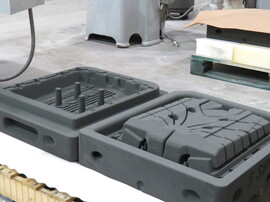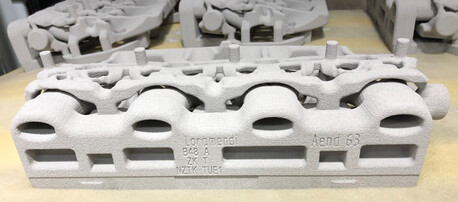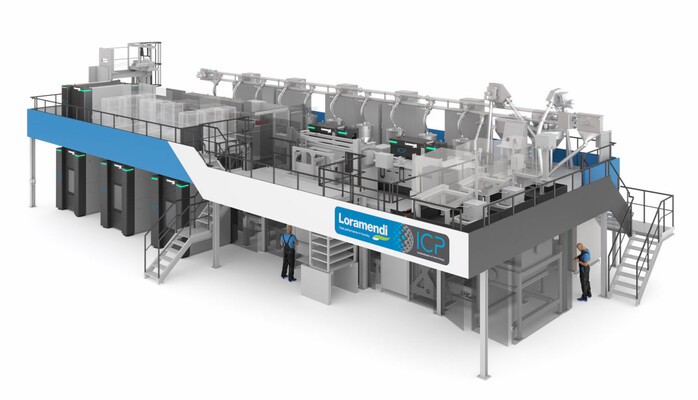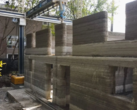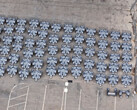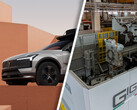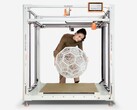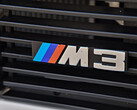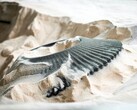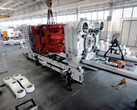This year has witnessed plenty of buzz around the use of 3D printing in automotive manufacturing – specifically the gigacasting process used by Tesla in building large structural parts. Recently, the company responsible for developing the technology for Tesla, Tools and Equipment International (TEI), has been acquired by General Motors (GM). Meanwhile, BMW has also invested into 3D printing tech, by collaborating with voxeljet and Loramendi for 3D printing sand cores for cylinder head casting at its new Landshut plant.
GM had previously worked with voxeljet – which offers the largest binder jetting 3D printers for sand moulds – for the production of its Cadillac CELESTIQ luxury EV. TEI too is known for its expertise in sand casting and rapid prototyping. Its acquisition, valued at under US$100 million, will strengthen GM’s position in the increasingly competitive EV market by giving it the means to manufacture more efficiently at scale.
BMW too has invested in 3D printing technology for sand cores at its Landshut plant, used for casting cylinder heads for its B48 engine. 3D printing sand cores is typically a labour-intensive process involving printing, drying, removal and cleaning of the finished parts, apart from preparation and recycling of the sand. In partnership with Loramendi and voxeljet, BMW has created an automated production line, featuring voxeljet’s VX1300-X printer and Loramendi’s Microwave-Curing.
The production line features automated curing stations and robotic arms for removing and cleaning the sand cores. This allows the plant to churn out thousands of 3D printed sand cores every week.
This increased adoption of 3D printing in the automotive industry is a good sign that additive manufacturing is moving beyond the sphere of small-scale design and prototyping and niche applications and into the mainstream. Further, it is making significant improvements in both production efficiency and the build quality of parts (and therefore performance of the vehicle).
Of course, those looking to leverage the advantages of 3D printing for smaller projects can go for desktop FDM printers like the Ankermake M5 and M5C 3D printers with auto-levelling and 500 mm/s high-speed printing, and or SLA printers like the ANYCUBIC Photon Mono M5s 12K resin 3D printer





